11 Heavy Cream Alternatives That Deliver Richness
Substitute for heavy whipping cream options can transform your recipes while maintaining that luxurious texture we all love.
Running out of this rich ingredient in the refrigerator presents a challenge many home cooks face.
Several alternatives exist that mimic both consistency and flavor profile without compromising the final dish quality.
These replacement possibilities range from plant-based selections to clever dairy combinations that most people already have at home.
Each substitute brings its own unique characteristics to cooking applications, whether for sauces, soups, or desserts.
The beauty of these alternatives lies in their ability to accommodate dietary restrictions while still delivering satisfying results.
Read on to learn about excellent heavy cream replacements that will rescue your culinary creations in those desperate moments when the original ingredient isn't available.
What Is Heavy Whipping Cream, and How Is It Made?
Heavy whipping cream is a rich, thick dairy product that’s prized for its ability to whip into fluffy peaks and add silky smoothness to both sweet and savory dishes:
Top Substitutes for Heavy Whipping Cream
Heavy whipping cream being unavailable is not a major obstacle, as another option can blend in smoothly and keep the recipe on course. With this simple step, preparation remains just as efficient as planned.
Butter & Milk
Milk and butter create a fantastic heavy cream substitute that many home cooks rely on for rich, creamy recipes.
Simply mixing 1/4 cup of melted butter with 3/4 cup of milk closely mimics the fat content found in one cup of heavy cream.
For thicker consistency, especially when using low-fat milk, adding a tablespoon of flour helps achieve the desired texture.
This replacement works wonderfully in most cooking situations like soups, sauces, and baked goods where creaminess matters.
The main limitation comes when whipping is required, as this homemade version won't form those beautiful peaks that pure heavy cream produces.
Olive Oil & Soy Milk
Soy milk mixed with olive oil creates an excellent vegan substitute for heavy cream in most recipes.
The olive oil adds essential fat to the soy milk, closely mimicking the richness and texture that makes heavy cream so useful in cooking.
For best results, simply combine two-thirds cup of soy milk with one-third cup of olive oil to make a full cup of this dairy-free alternative.
Many home cooks find this blend works perfectly in sauces, soups, and baked goods where that signature creaminess matters.
The only limitation comes when a recipe requires whipping, as this plant-based option won't form those fluffy peaks that traditional cream can deliver.
Cornstarch
Substituting heavy cream with a low-fat, low-calorie alternative like cornstarch can dramatically cut calories while maintaining richness in recipes.
Many chefs recommend mixing milk with cornstarch for a similar texture that works beautifully in most dishes.
The simple process involves combining two tablespoons of cornstarch with one cup of milk, then stirring until the mixture thickens appropriately.
Whole milk produces better results than skim varieties since it contains enough fat to replicate some creaminess without all the extra calories.
Half-And-Half
Substituting half-and-half with a bit of butter creates an excellent stand-in for heavy cream in most recipes, especially when you're in a bind.
This combo works because half-and-half (a mixture of whole milk and cream) contains less fat than heavy cream, but adding butter brings the fat content up to a comparable level.
Many cooks rely on this trick for sauces and soups, where the texture difference isn't noticeable, though it can even work in recipes that call for whipping.
The proportions are straightforward - just mix 7/8 cup of half-and-half with 1/8 cup melted butter to replace one cup of heavy cream.
Soy Milk & Silken Tofu
Silken tofu is an excellent dairy-free substitute for heavy cream, thanks to its soft texture and ability to blend smoothly with milk.
Many health-conscious cooks prefer this plant-based alternative because it adds protein while cutting down on saturated fat in recipes.
For the best results, simply combine equal parts silken tofu and milk in a blender until the mixture becomes thick and creamy without any lumps.
This versatile replacement works wonderfully in soups, sauces, and even desserts where a rich, creamy texture is desired.
Greek Yogurt
Substituting heavy cream with a blend of Greek yogurt and whole milk offers a protein-rich alternative that can enhance many dishes while cutting down on fat content.
The combination works by mixing equal parts of these ingredients to match the volume of cream called for in your recipe.
Many home cooks appreciate how this substitute maintains a creamy texture in soups and sauces while adding a subtle tanginess that complements savory flavors.
The lower fat content means it won't whip up like heavy cream, making it unsuitable for whipped toppings or certain desserts.
Evaporated Milk
Substituting evaporated milk for heavy cream can significantly reduce calories while maintaining richness in many recipes.
This pantry staple, with 60% less water than regular milk, offers a creamier texture that works beautifully in baked goods and sauces.
The convenience of its long shelf life makes it an excellent option to keep on hand for unexpected cooking needs.
Most grocery stores stock this affordable alternative in their canned goods section, typically near condensed milk products.
Though it won't whip up like heavy cream for decorative toppings, evaporated milk shines when used as a liquid ingredient in casseroles, soups, and many desserts.
Cottage Cheese
Cottage cheese is a nutritious alternative to heavy cream, offering high protein content and various micronutrients from cows' milk curds.
Many home cooks appreciate this substitution when making creamy sauces without the extra fat of traditional cream.
The process involves blending cottage cheese with milk in equal portions until smooth, creating a mixture that works perfectly in savory dishes like soups and pasta sauces.
For best results, an immersion blender or food processor helps eliminate all lumps, ensuring a texture similar to heavy cream.
People watching their sodium intake should select low-sodium cottage cheese varieties or adjust the salt in their recipes accordingly.
Coconut Cream
Coconut cream offers a fantastic dairy-free alternative to heavy cream for those seeking plant-based options.
This thick, rich substance can be purchased ready-made or easily created at home by chilling full-fat coconut milk overnight and separating the solidified cream from the liquid.
The creamy texture makes it perfect for sweets, baked goods, homemade ice cream, and whipped toppings that require the consistency of heavy cream.
Many professional chefs appreciate how coconut cream maintains its structure when whipped, similar to dairy cream but with tropical undertones.
Cream Cheese
Cream cheese is a versatile substitute in many recipes beyond its famous roles on bagels and in cheesecakes.
Many chefs appreciate how this milk-and-cream creation can replace heavy cream in frostings while adding richness to cream-based soups and sauces.
The simple 1:1 substitution ratio makes it easy for anyone to swap ingredients when cooking at home.
Just remember that cream cheese won't whip up like heavy cream does, so avoid using it in recipes requiring that specific texture.
Its tangy flavor profile works best in dishes where a slightly cheesy taste enhances rather than conflicts with other ingredients.
Cashew Cream
Cashews create an amazing vegan alternative to heavy cream with their naturally rich texture and mild flavor.
After softening the cashews by cooking them for 5 minutes or soaking them overnight, a quick rinse prepares them for the blender.
The magic happens when you add filtered water, maple syrup, vanilla extract, tapioca starch, and a pinch of sea salt to create a smooth mixture.
Blending everything until perfectly creamy gives you that luxurious consistency many dairy-free recipes call for.
Just a few hours of chilling in the refrigerator allows the mixture to thicken properly, making it ready to use in all your favorite dishes that typically require heavy cream.
How to Make Your Own Whipping Cream
Here’s a clear, practical guide on how to make your own whipping cream at home from simple ingredients, plus some helpful tips for success:
Ingredients
Instructions
Tip: Don’t Overwhip! If you whip too long, the cream may turn grainy and eventually separate into butter and buttermilk. If this happens, add a splash more cream and gently fold to restore texture.
Substitutes for Heavy Cream
If you don’t have heavy cream, you can make a substitute (not quite the same for whipping, but good for recipes):
Tips for Perfect Whipping Cream
Troubleshooting Creamy Recipes
Creamy recipes can sometimes turn out grainy, thin, or just not as smooth as you hoped, but a few simple tips can help you fix these issues and create the perfect texture every time:
Grainy Texture
Can happen if you heat cream too quickly or boil it. Always warm cream slowly over low to medium heat, and remove as soon as it’s hot and steamy, not bubbling.
Sauce Won’t Thicken
If your sauce stays thin, simmer gently to evaporate excess liquid, or whisk in a slurry of cornstarch or flour mixed with a bit of cold water to help it thicken.
Broken or Curdled Sauce
Rapid heating or too much acid can make cream separate. Stir constantly, add acid slowly, and use gentle heat for best results.
Overwhipped Cream
Whipped cream can turn stiff or start to turn to butter if overwhipped. Stop at soft or firm peaks; if too stiff, fold in a splash of unwhipped cream to loosen.
Creamy Desserts Too Runny
Chill puddings, custards, or mousses thoroughly before serving, cold temperatures help them set up to the right texture.
Lumps in Batters or Custards
Always sift dry ingredients and whisk thoroughly, or strain the mixture through a fine mesh sieve for a silky finish.
Frequently Asked Questions About Heavy Cream Substitutes
1. Will a substitute affect the texture of my dish?
Yes, some alternatives may be less rich or thick than heavy cream, so you may notice a difference in creaminess and mouthfeel.
2. Can I whip a heavy cream substitute for desserts?
Most substitutes do not whip as well as real heavy cream. For whipped toppings, try chilled coconut cream or a commercial non-dairy whipping cream.
3. Are there dairy-free heavy cream alternatives?
Coconut cream, soy cream, and cashew cream are popular non-dairy options that work in many savory and sweet recipes.
4. Can I use Greek yogurt as a heavy cream substitute?
Greek yogurt can add creaminess, especially in sauces and soups, but it has a tangy flavor and doesn’t whip like heavy cream.
5. Is there a low-fat option for heavy cream in recipes?
Use evaporated skim milk, reduced-fat cream cheese, or a blend of milk with cornstarch to thicken and lighten up your dish.
6. Will heavy cream substitutes curdle when heated?
Some options like yogurt or low-fat milk can curdle if boiled. Add them at lower temperatures or after removing the dish from direct heat.
7. Can I use heavy cream substitutes in baking?
Yes, most substitutes work in baking, but be aware of slight changes in flavor, moisture, and texture in cakes or pastries.

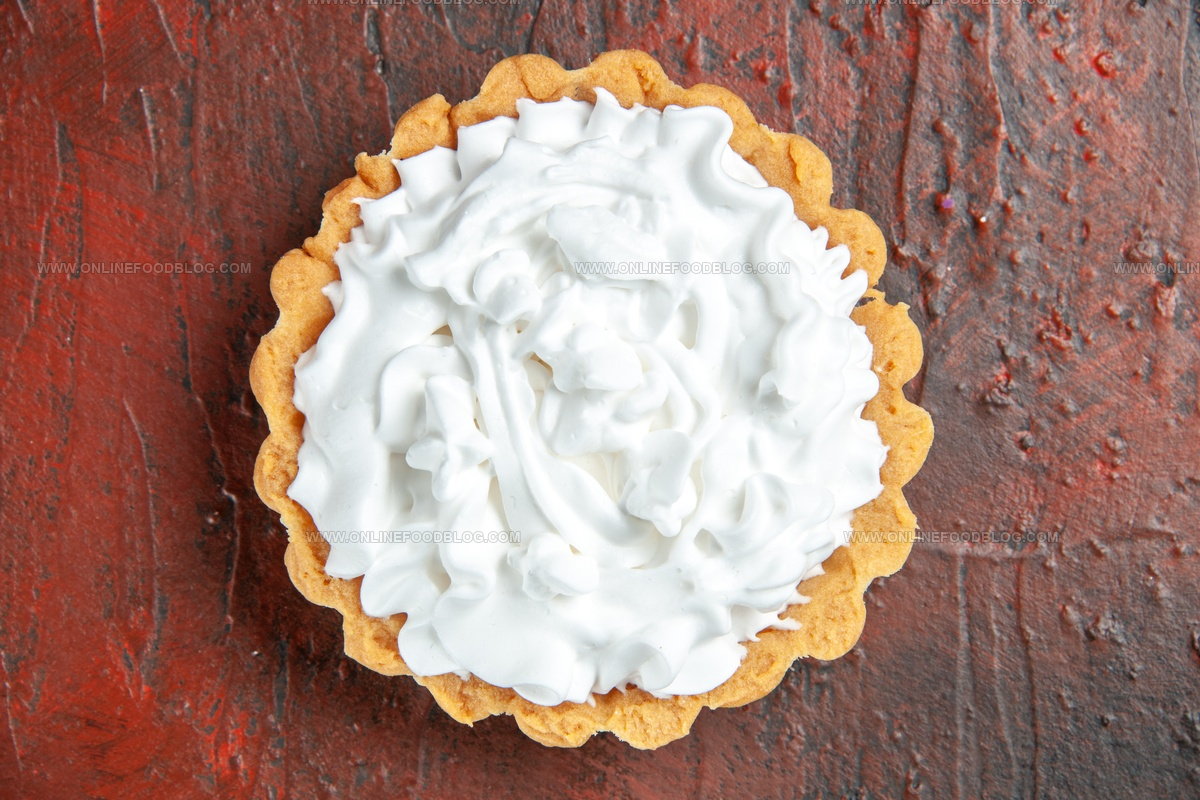
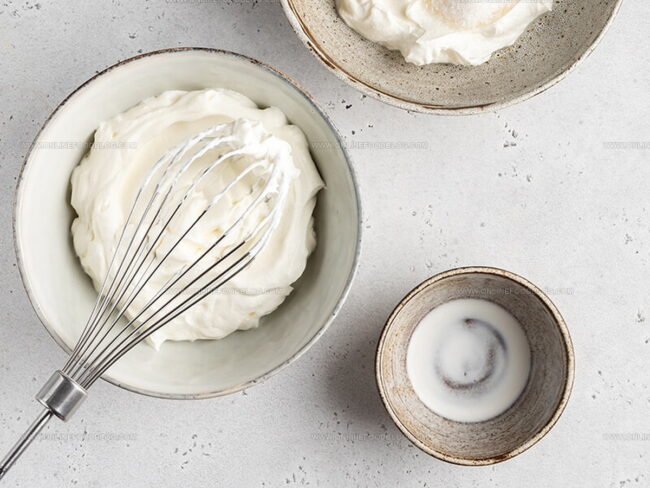
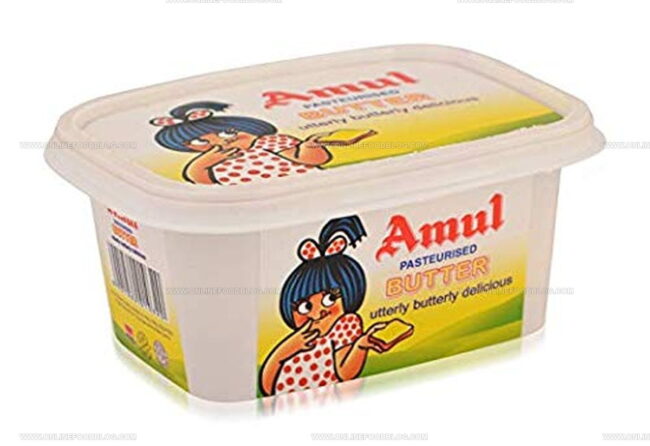
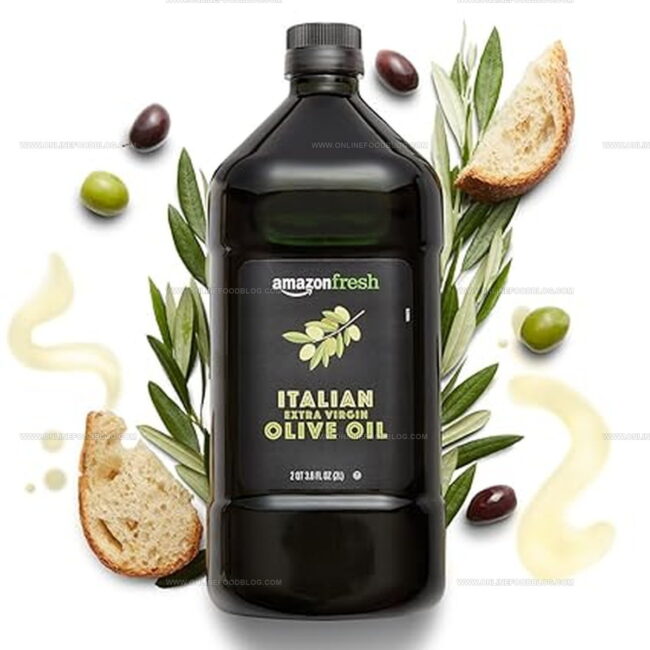
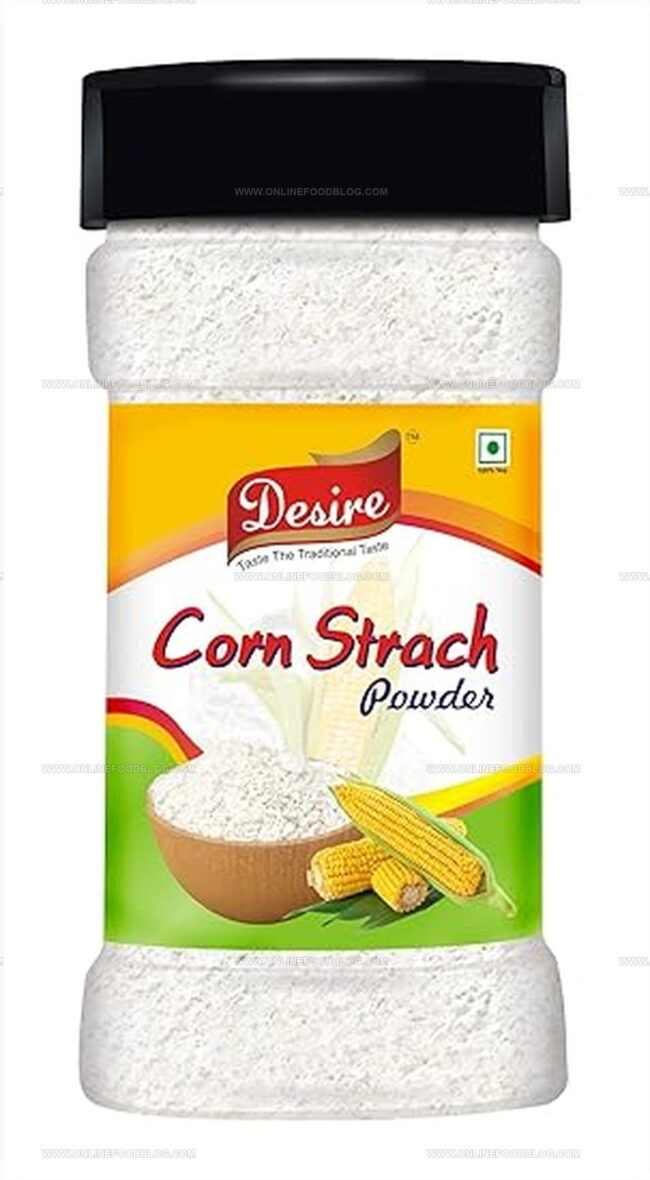
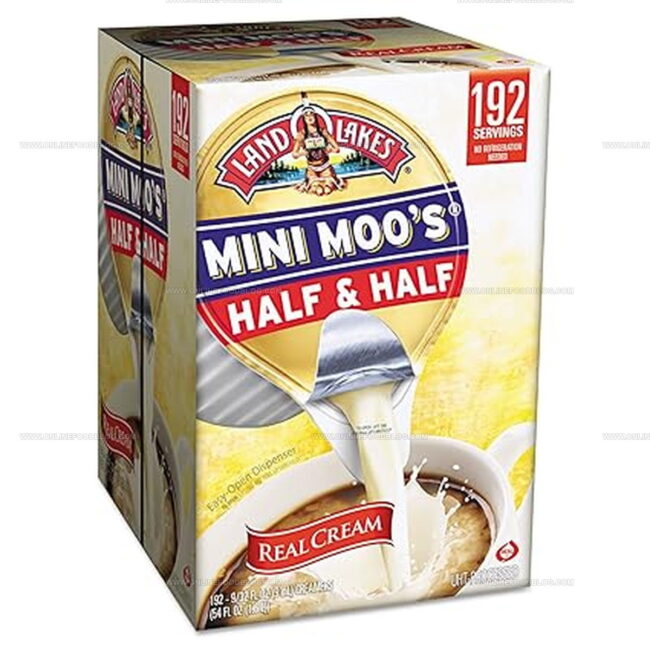
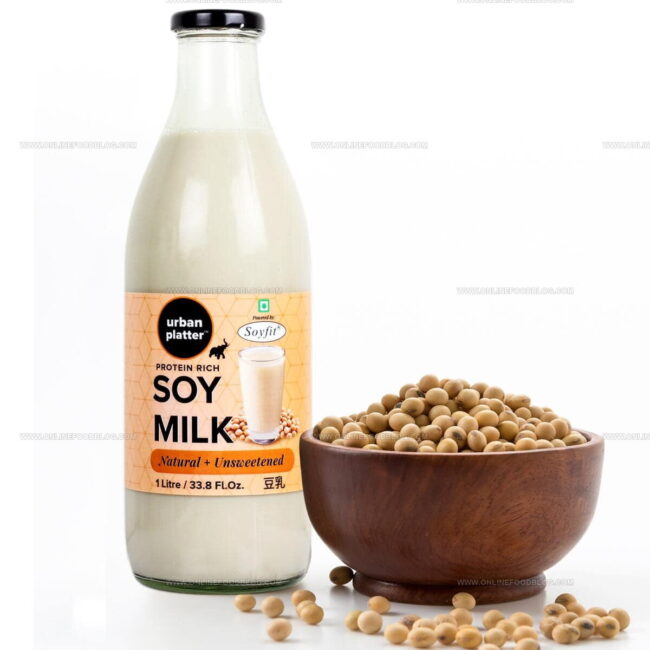
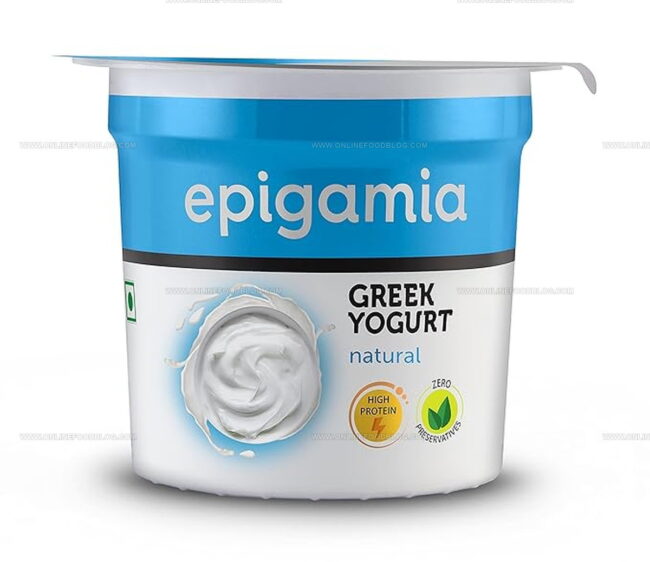
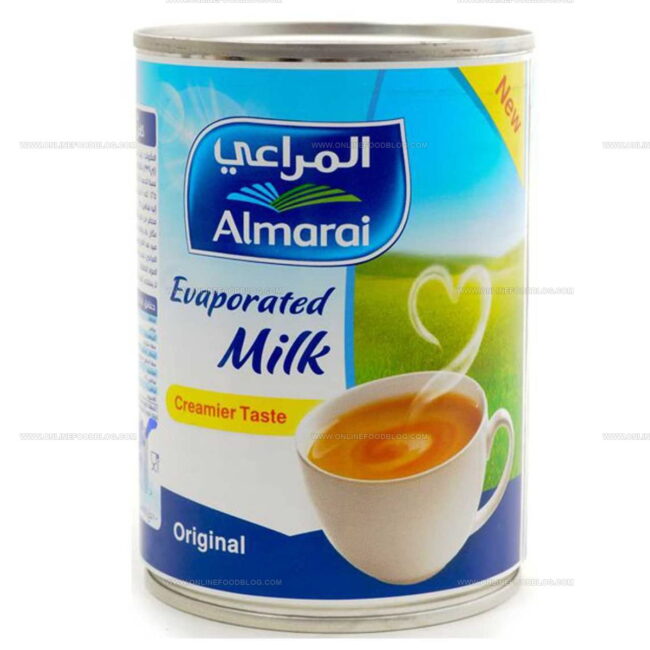
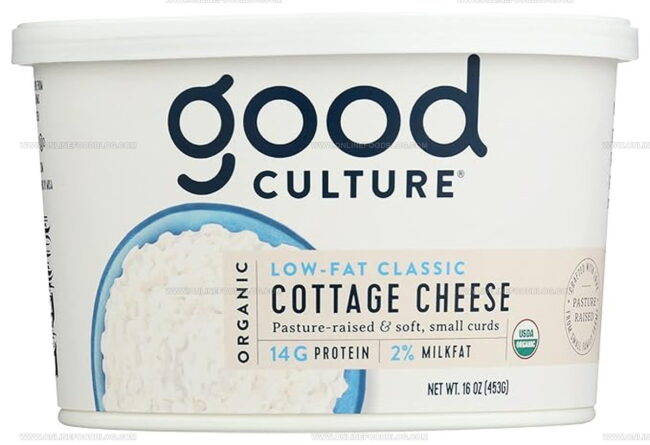
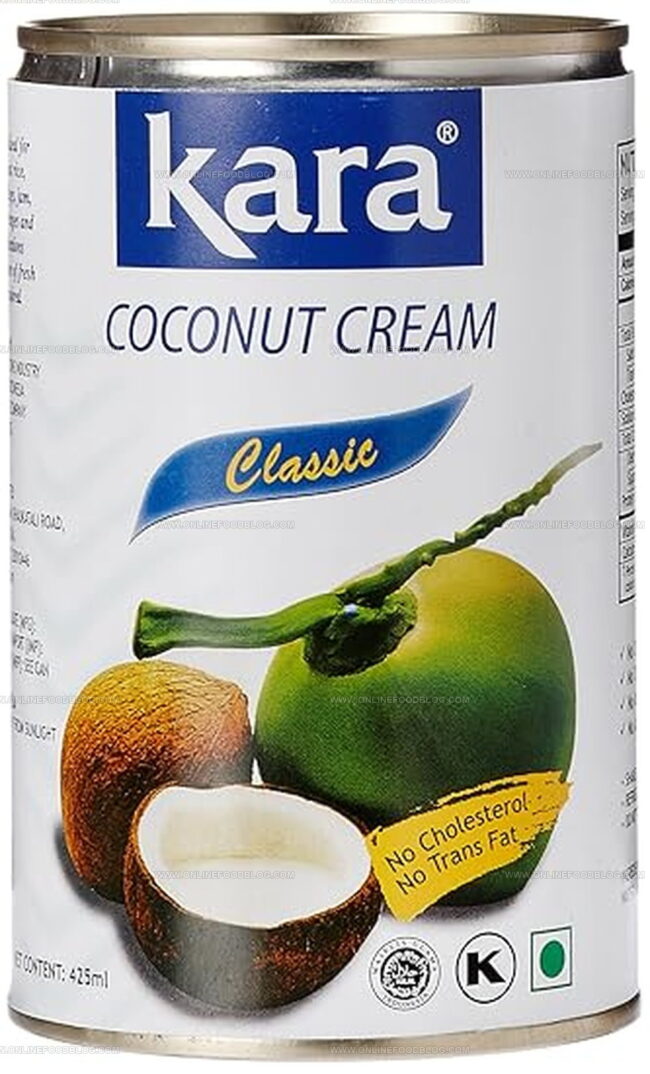
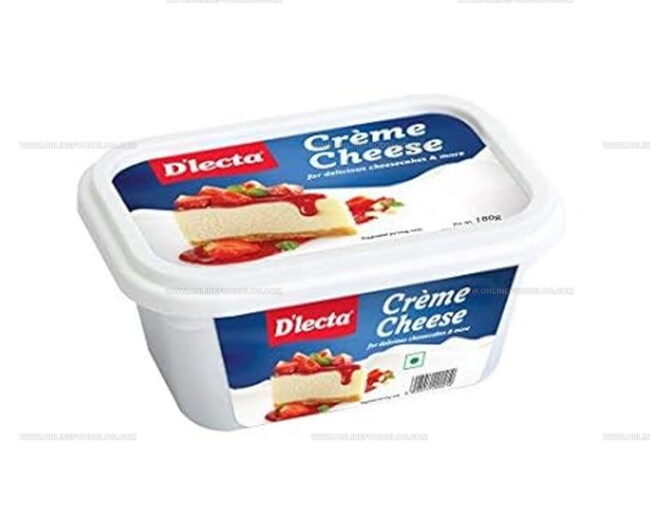
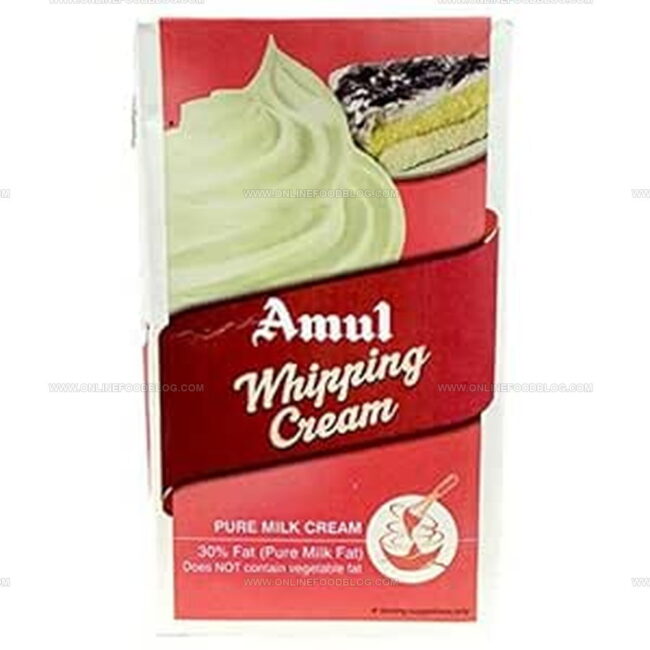
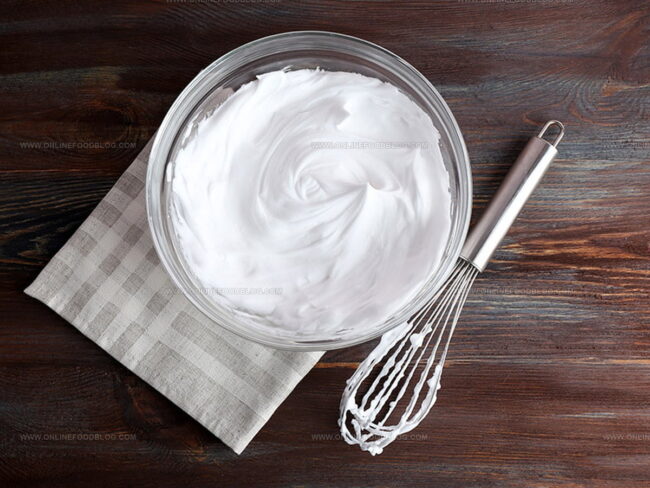
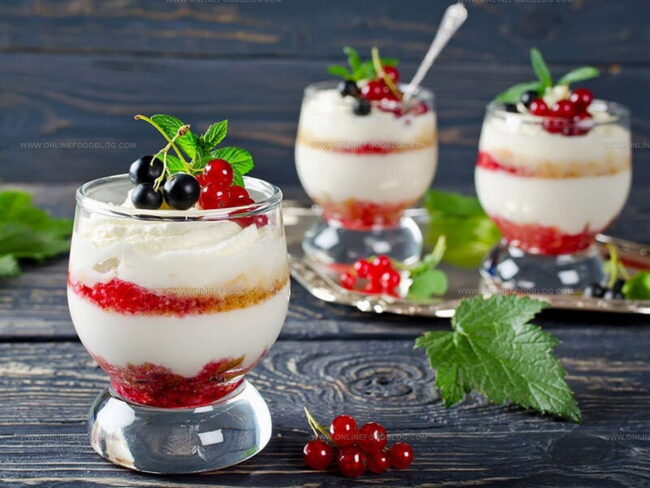
Lucas Bennett
Founder & Recipe Creator
Expertise
Simple Everyday Recipes, Sustainable Cooking Practices, Creative Meal Planning, Recipe Testing and Improvement
Education
Fox Valley Technical College, Appleton, Wisconsin
Lake Superior College, Duluth, Minnesota
Lucas Bennett’s cooking journey started in his parents’ kitchen, where he learned to prepare tasty, no-fuss meals from scratch. His culinary passion led him to Fox Valley Technical College, where he gained practical cooking skills.
He then expanded his focus on sustainability at Lake Superior College. Today, Lucas shares easy, approachable recipes designed to make cooking enjoyable and stress-free for everyone.